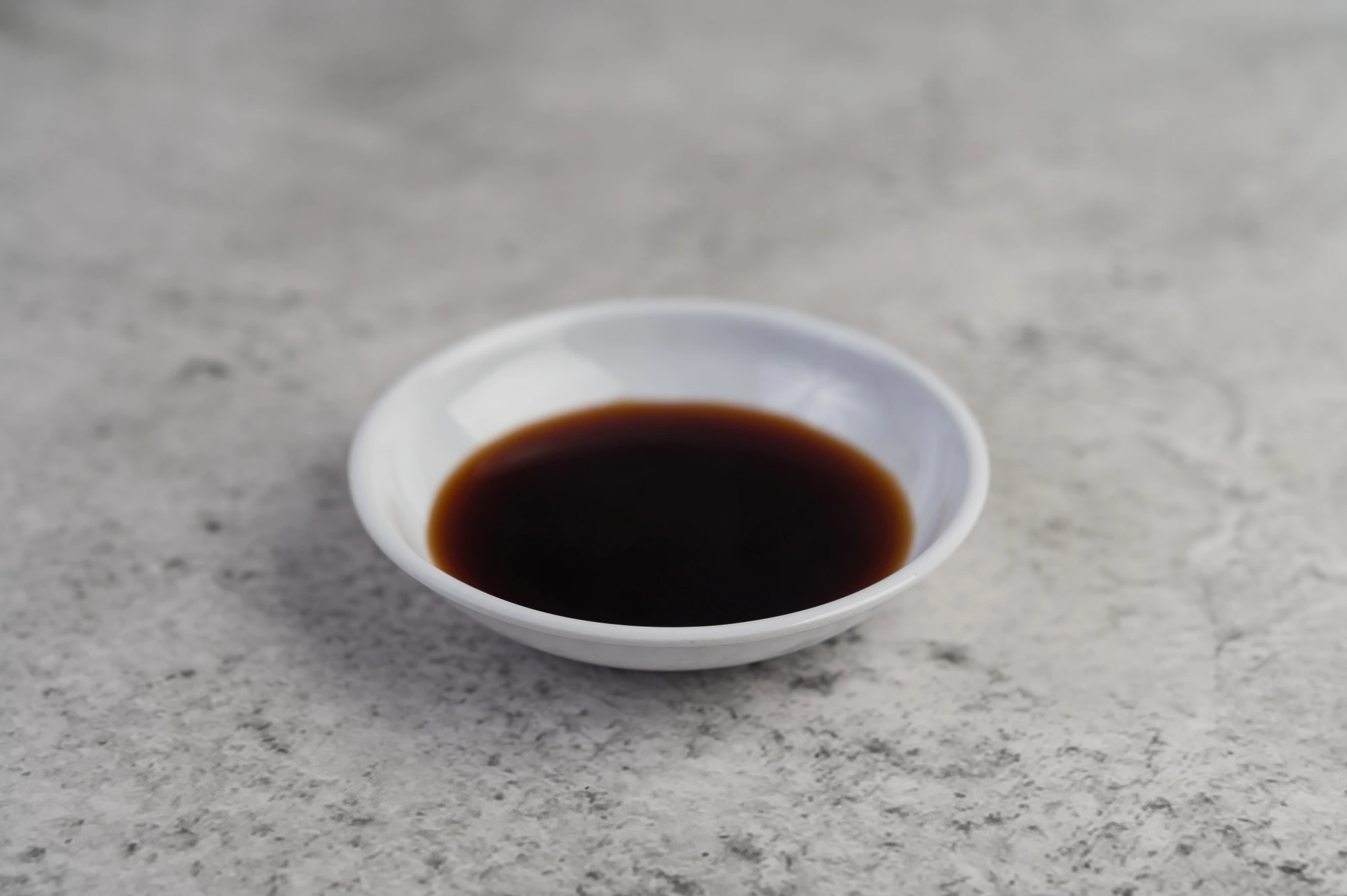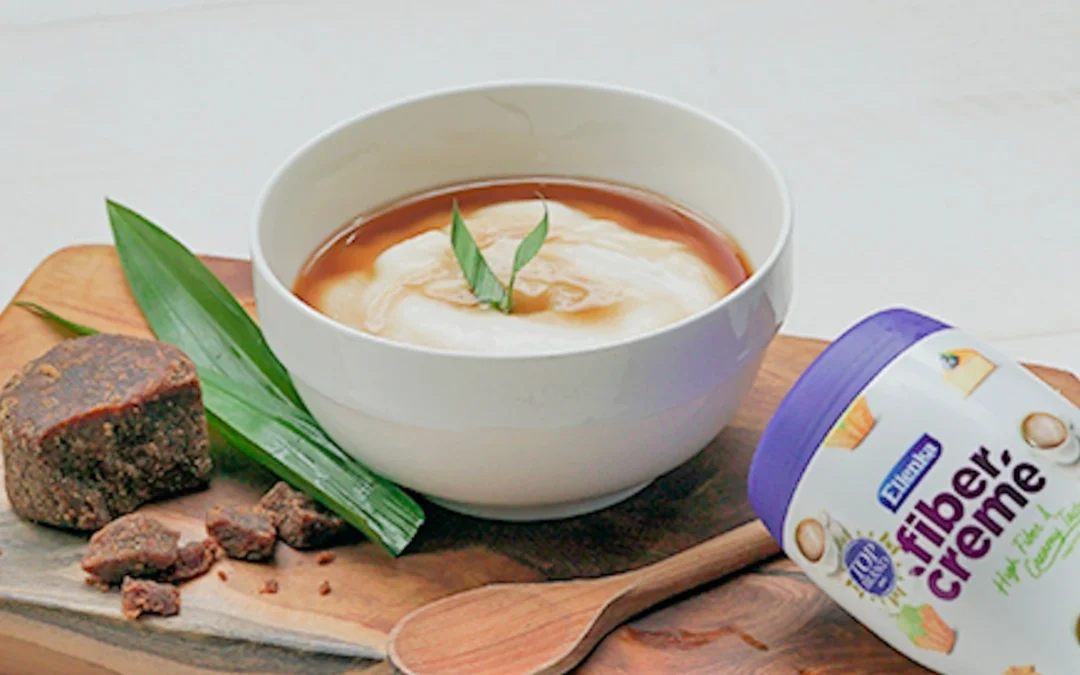 Ever wanted to cook a stir-fry or soup, only to realize you’re out of soy sauce? Don’t worry, you don’t have to cancel your cooking plans just yet! Soy sauce is a staple for many when it comes to adding that savory, salty flavor to dishes. But did you know that behind its deliciousness, soy sauce contains a high amount of sodium? That might not be ideal if you have high blood pressure or are trying to stick to a healthier diet. Luckily, there are plenty of soy sauce substitutes that are not only healthier but can also make your food just as tasty. In this article, we’ll explore a variety of easy to find soy sauce substitutes, along with tips on how to use them so your dishes still come out delicious. Keep reading, one of these soy sauce substitutes might already be in your kitchen!
Ever wanted to cook a stir-fry or soup, only to realize you’re out of soy sauce? Don’t worry, you don’t have to cancel your cooking plans just yet! Soy sauce is a staple for many when it comes to adding that savory, salty flavor to dishes. But did you know that behind its deliciousness, soy sauce contains a high amount of sodium? That might not be ideal if you have high blood pressure or are trying to stick to a healthier diet. Luckily, there are plenty of soy sauce substitutes that are not only healthier but can also make your food just as tasty. In this article, we’ll explore a variety of easy to find soy sauce substitutes, along with tips on how to use them so your dishes still come out delicious. Keep reading, one of these soy sauce substitutes might already be in your kitchen!
Recommended Soy Sauce Substitutes to Keep Your Dishes Tasty
 Out of soy sauce or looking for a healthier alternative? Check out these recommended soy sauce substitutes you can easily use in your cooking!
Out of soy sauce or looking for a healthier alternative? Check out these recommended soy sauce substitutes you can easily use in your cooking!
1. Salt
The simplest option to replace the salty taste of soy sauce is plain salt. However, keep in mind that salt only adds saltiness without the signature umami flavor found in soy sauce. Use salt sparingly start with ¼ teaspoon and adjust to taste.
2. Fish Sauce
Fish sauce is made from fermented fish and salt, giving it a strong umami and salty flavor. It works well in seafood dishes, stir-fries, and soups. Be cautious when using it, as a little goes a long way. Start with ½ teaspoon and adjust to your preference.
3. Tauco
Tauco is a fermented soybean paste with a salty and slightly sweet flavor. It’s great for stir-fried dishes, sambal, and stews. Use 1–2 tablespoons of tauco to replace 1 tablespoon of soy sauce.
4. Mushroom/Chicken/Beef Broth Powder
Broth powder can add a savory, salty taste that works as a good soy sauce substitute. Dissolve 1 teaspoon of broth powder in 50 ml of hot water and use it to replace 1 tablespoon of soy sauce.
5. Flavor Enhancer Seasonings
Flavor enhancers are a practical alternative. However, be mindful of their sodium content and opt for low-sodium versions if possible. Follow the usage instructions on the packaging.
Tips for Using Soy Sauce Substitutes

Here are some tips for using soy sauce substitutes you can try.
1. Taste and Adjust
Always taste your dish first, then adjust the amount of substitute to suit your palate. Each ingredient has a different level of saltiness and savory taste, so don’t pour too much at once.
2. Pay Attention to Sodium Content
If you’re watching your salt intake, make sure to choose soy sauce substitutes that are low in sodium. Read the packaging labels to ensure the contents match your needs.
3. Flavor and Aroma Changes
Some soy sauce substitutes may have a slightly different taste or aroma compared to original soy sauce. Make sure to match the substitute with the type of dish you’re preparing.
4. Don’t Be Afraid to Experiment
Feel free to try different combinations of ingredients! You might discover a new mix that suits your taste even better or is even more delicious than regular soy sauce.
Read More : Make Dishes as Delicious with These 5 Worcestershire Sauce Substitutes
Try Soy Sauce Substitutes in Your Favorite Recipes with FiberCreme!
With all the available soy sauce substitutes, you can still whip up delicious and healthier dishes. Especially when you pair them with FiberCreme, it adds a creamy, savory touch while keeping your meals light.
Try adding FiberCreme to your favorite recipes like Mie Aceh or lumpia ayam sayur, where soy sauce can be replaced with a healthier alternative. Who knows you might just discover a new flavor combination you like better!
For more recipe inspiration you can customize using soy sauce substitutes and FiberCreme, don’t forget to check out and follow us on Instagram @FiberCreme_TV and on the Ellenka channel on YouTube. And be sure to share your own creations and experiences in the comments!






0 Comments